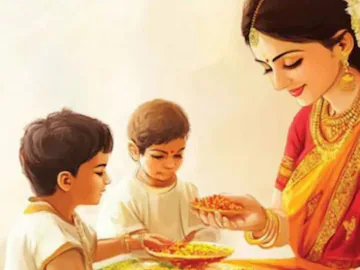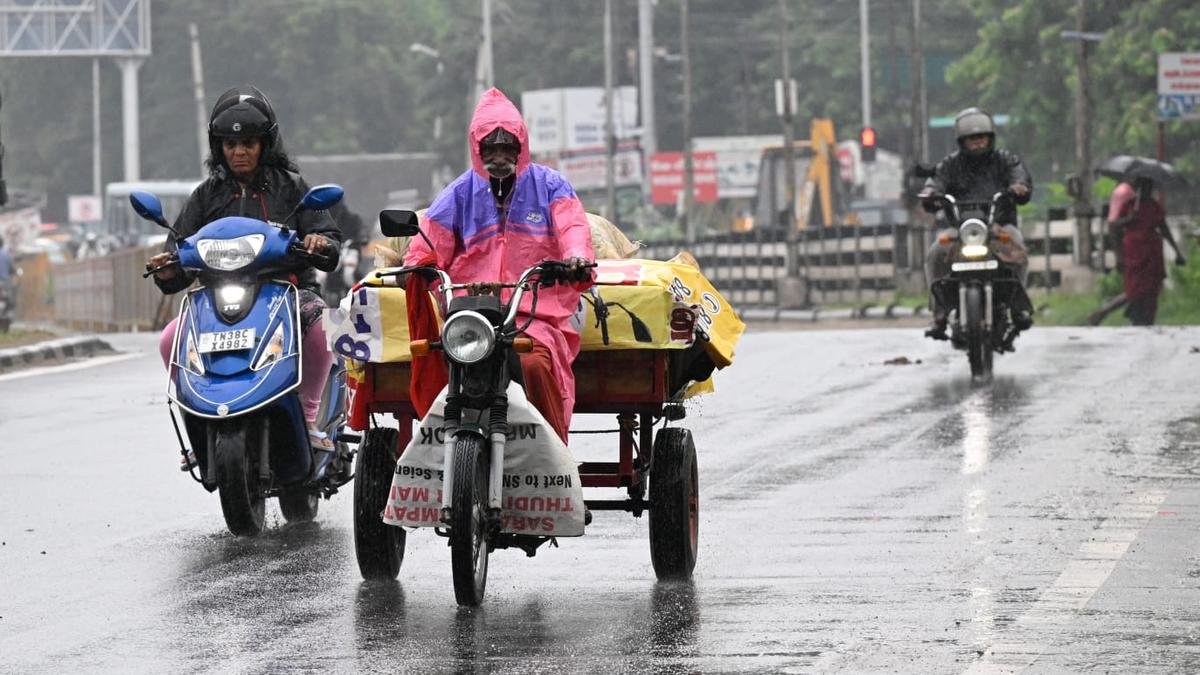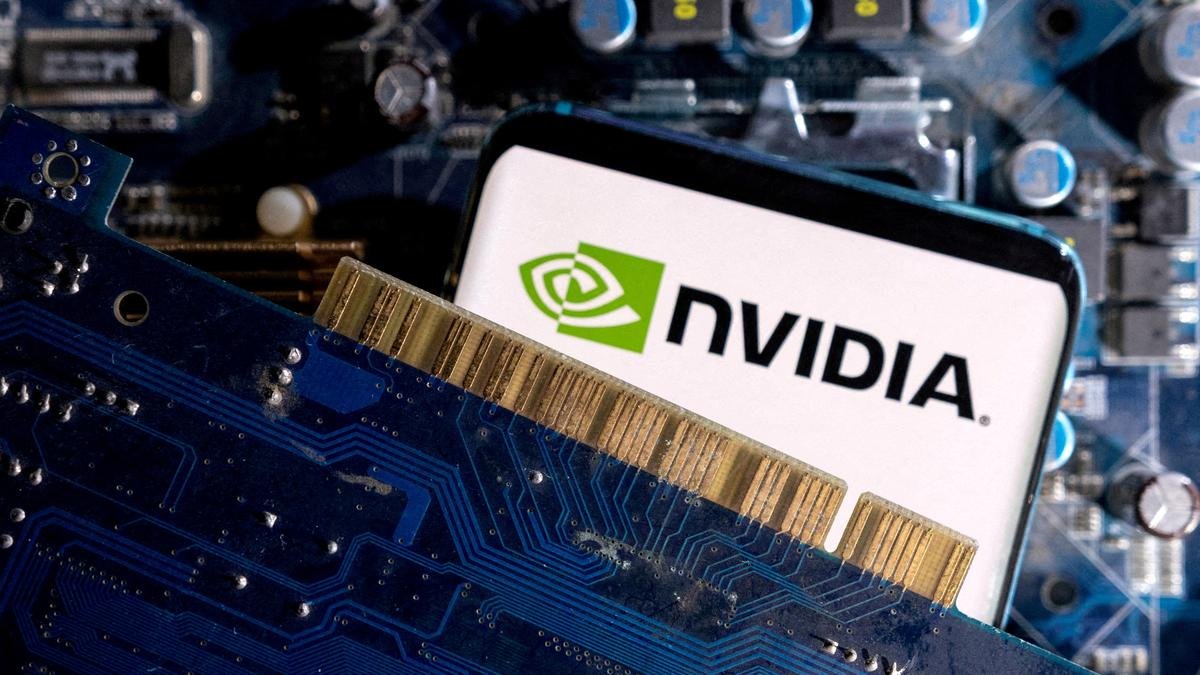Ahoi Ashtami Puja 2024: Date, Significance And Rituals

Once the stars are sighted, the fast is concluded, signifying the end of the day’s customs.
Ahoi Ashtami holds great importance for mothers as they observe it to ensure the prosperity, longevity, and joy of their offspring. This festival is commemorated every year on the Ashtami tithi (eighth day) of the Krishna Paksha during the Kartik month in the Hindu lunar calendar. In the year 2024, Ahoi Ashtami will occur on Thursday, October 24th.
Commencing the day with a comprehensive waterless fast, mothers observe fasting by refraining from consuming both food and water from sunrise until the evening puja.
Creating Ahoi Mata’s Representation: Ahoi Mata, a manifestation of Goddess Parvati, holds a revered position in worship. Traditionally, individuals depict her likeness on a surface like a wall or a pristine cloth. In contemporary practices, some opt for printed visuals or idols.
A representation of the goddess is symbolized by the placement of a Kalash (water vessel) along with offerings like puri, halwa, and other customary foods in front of Ahoi Mata.
Commencing at dusk, the evening puja ritual initiates upon the appearance of the twinkling stars. Mothers kindle a traditional lamp, presenting a medley of flowers, confections, fruits, and milk to Ahoi Mata. Bespoke prayers resonate, seeking robust welfare and well-being for the young ones.
Upon beholding the stars, the fast is concluded, signifying the end of the day’s rituals.
Astrologer and Vastu consultant Pandit Hitendra Kumar Sharma from Bhopal emphasizes that maintaining purity, discipline, and devotion is essential for observing this fast. As per the Pandit, the Ashtami Tithi of Krishna Paksha in the month of Kartik commenced at 1:18 pm on Wednesday, October 23, concluding on Thursday night at 1:58 am on October 24.
Childless couples seeking to conceive participate in a unique tradition linked to Ahoi Ashtami. They make a pilgrimage to Radhakund, a holy pond situated along the Govardhan Parikrama Marg near Mathura. The act of bathing in Radhakund on Ahoi Ashtami is thought to carry profound spiritual importance.
Exploring the Concept of Immersing in Radhakund for Spiritual Cleansing:
Purification Ritual: Immersing oneself in the sacred waters of Radhakund is believed to cleanse not just the physical form but also the spirit, aiding in the elimination of barriers that could hinder fertility.
Rewording:
In the realm of fertility blessings, Radhakund holds a special place as per religious scriptures and convictions. It is believed that the waters of this sacred pond have been graced by Lord Krishna and Radha, where couples immerse themselves to seek divine intervention for the blessing of a child.
Satisfaction of Wishes: Legend has it that individuals who carry out this ceremony with unwavering dedication and belief receive the joy of parenthood as a blessing.
Upon the sighting of stars in the evening sky, the Ahoi Ashtami fast culminates with a sacred puja. Ahoi Mata, revered as an incarnation of Goddess Parvati, is venerated for the prosperity and longevity of offspring. Encompassed herein are the intricate rituals of the puja elucidated, under the expert tutelage of Pandit Hitendra Kumar Sharma.
The depiction of Ahoi Mata typically involves using ochre (geru) to draw her image either on a wall or on paper in traditional practices. Nowadays, numerous individuals opt for pre-made pictures of Ahoi Mata that can easily be purchased from the market.
Arranging the Puja Corner:
In the puja space, a stool (chowki) is positioned with a Kalash (vessel filled with water) placed on top of it.
A Swastika symbol is drawn on the Kalash, which is considered auspicious and invites positive energy into the puja.
Offerings:
A delightful dessert like pudding or halwa is made as an offering and presented in front of Ahoi Mata.
Mothers present this prasad, accompanied by fruits, flowers, and various offerings, to invoke blessings for the enduring health, happiness, and longevity of their children.
Exploring the Ahoi Ashtami Katha through Reading or Listening:
During the puja ceremony, mothers grasp seven wheat grains in their right hand.
Partaking next in either listening to or reading the Ahoi Ashtami Katha, which narrates the legend linked with Ahoi Mata, is an essential element of the ceremony. This story portrays a mother’s triumph over challenges and her dedication to Ahoi Mata as the means to safeguard her children.
Paying homage to the Moon with Arghya.
Upon finishing the puja and hearing the tale, mothers present arghya (water offering) to the moon as a gesture of deep respect, symbolizing the conclusion of the fast.
The moon is revered for its role in illuminating the night sky and safeguarding, with the belief that such reverence enhances the blessings for the prosperity and well-being of children.



 English
English Hindi
Hindi Kannada
Kannada Malayalam
Malayalam Tamil
Tamil Telugu
Telugu












